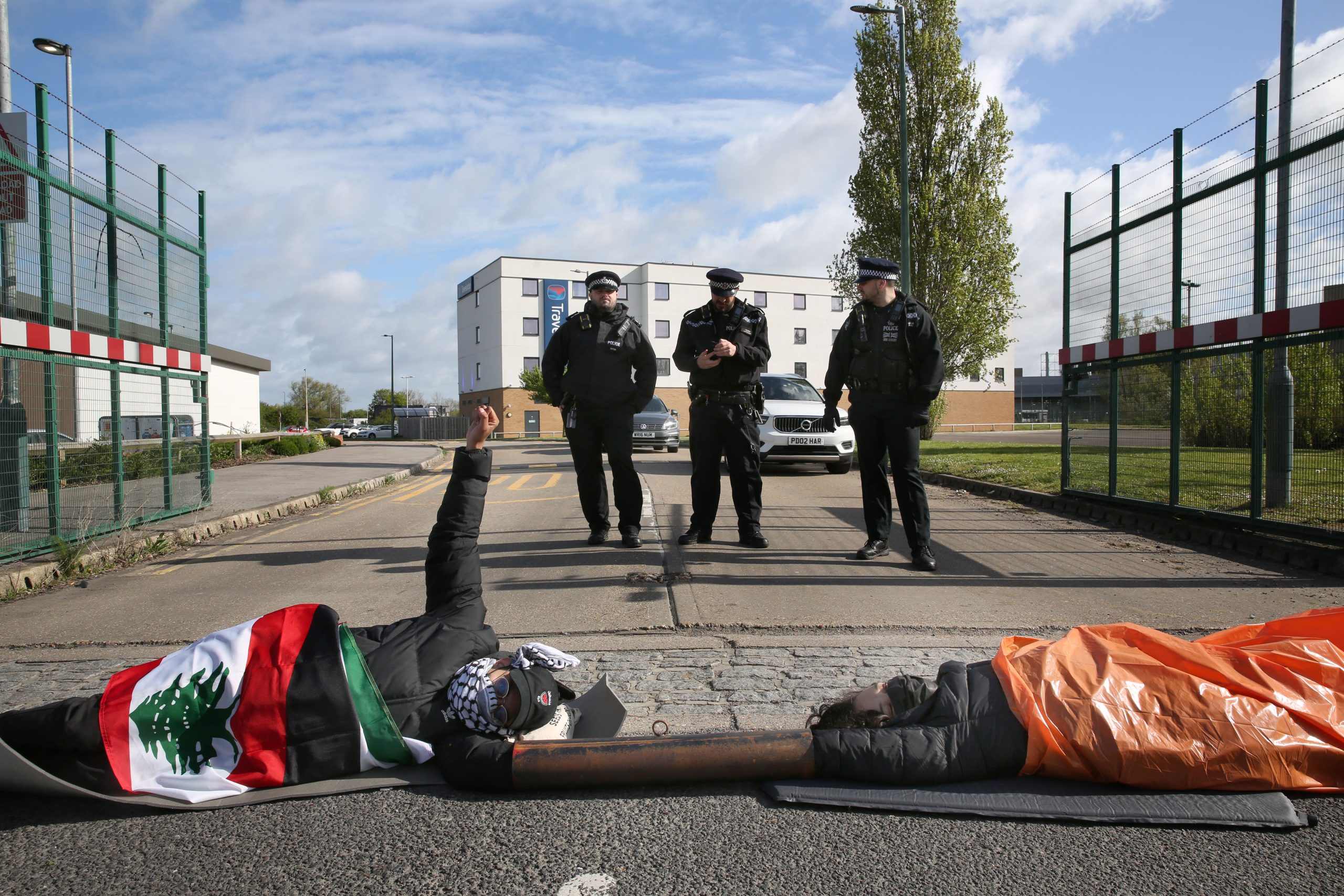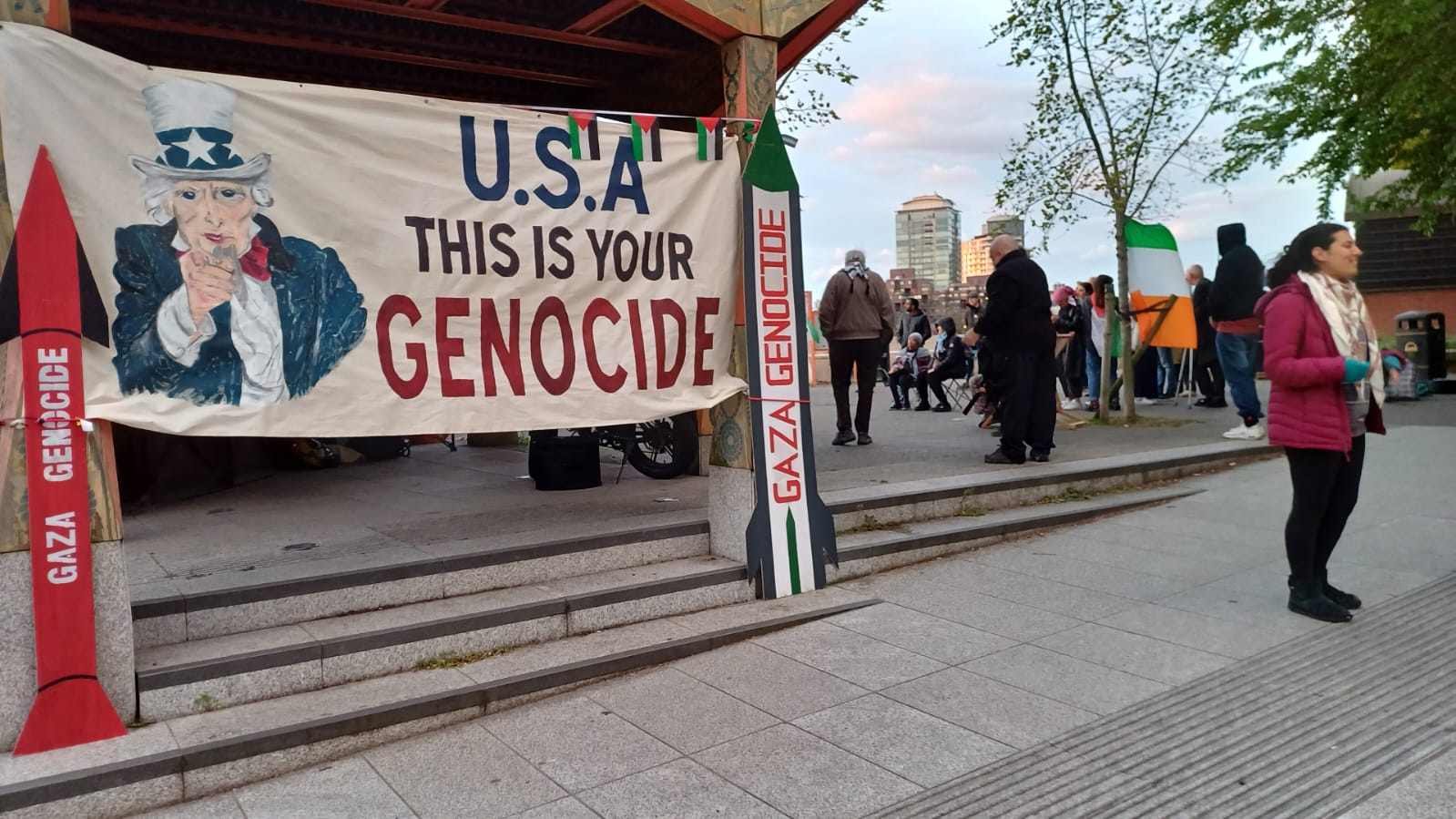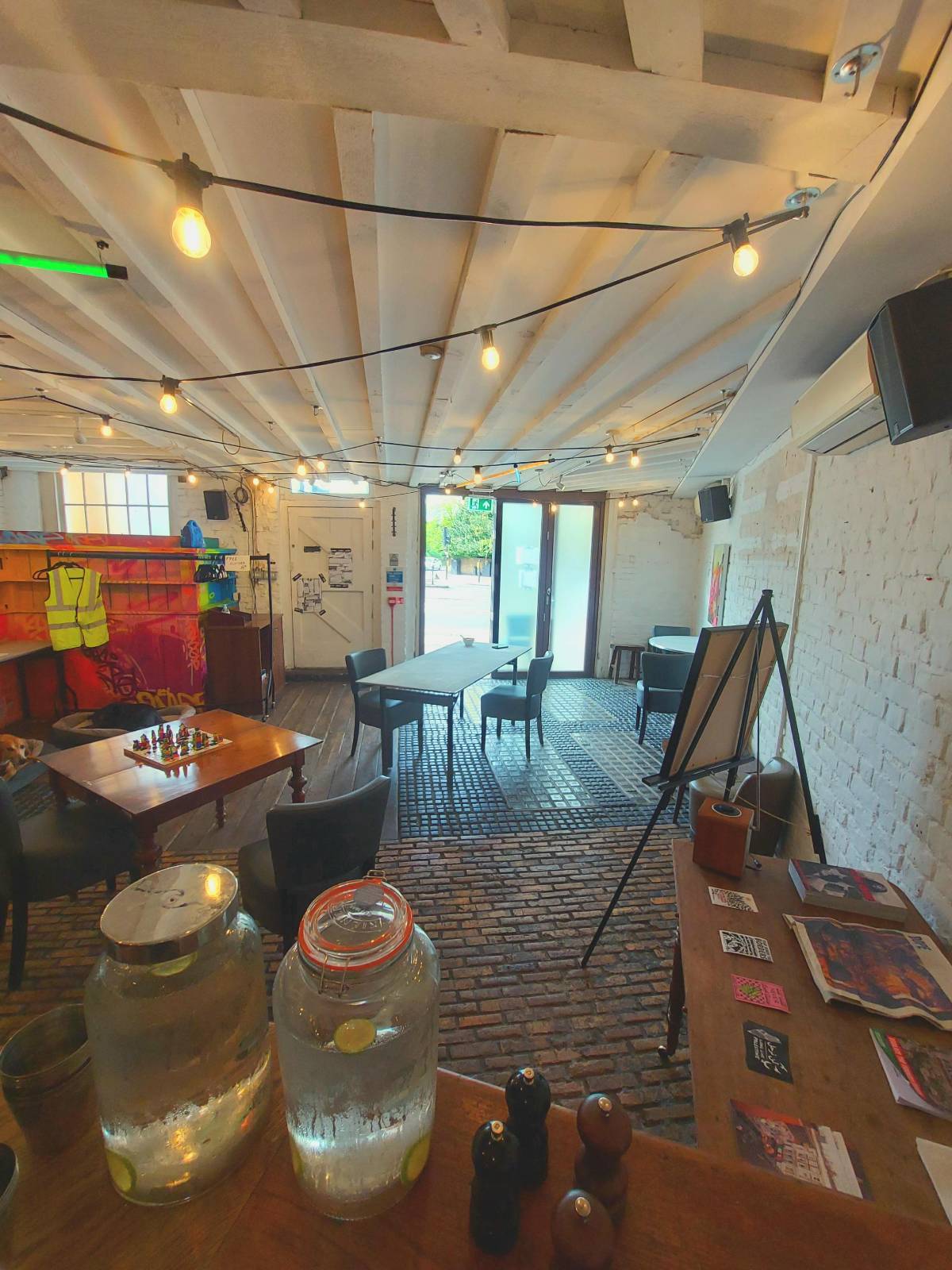Bangladesh, with its low-lying coastal regions and proximity to the equator, is in the unenviable position of being one of the most vulnerable countries to climate change on Earth.
At least 700,000 Bangladeshis lose their homes to natural disasters every year – primarily to tropical cyclones and floods. This July, the country experienced some of the worst flooding it has ever seen – with more than 300 adults and children losing their lives, either to the force of the floods themselves, or due to water-borne diseases such cholera, dysentery, and typhoid fever.
But increased natural disasters are not the only threat posed by a changing climate in Bangladesh. Along the coasts, rising sea-levels caused by melting ice-gaps are causing huge swathes of agricultural planes to be infiltrated by seawater.
“There is almost no green
Chakaria is just one of the many coastal regions in the country which has been affected by a fresh-water crisis; something which would appear unlikely when glancing at an aerial view of the land – which presents a vast tapestry of bending rivers, lakes, and agricultural ponds.
In these areas, ‘saltwater intrusion’ has caused saline levels in fresh-water bodies to rise. This has caused species of fresh-water fish to die out, and land to become infertile, meaning that farmers from these areas are now forced to rely on shrimp-farming as their only means of revenue.
This has not only resulted in economic issues but also impacted the health and wellbeing of many of the families living in these areas. According to Iqbal, children in Chakaria are growing up with “permanent vitamin deficiencies” and a much higher likelihood of rickets, as they no longer have access to green, leafy vegetables, milk, eggs, or fruit. This is backed up by data from the national rickets survey, which found that children living in high-saline areas in Bangladesh were more likely than others to develop the disease in 2017, as they lacked Calcium and Vitamin D in their diets.
However, Bangladesh is not unique in feeling the effects of global warming and climate change. An increase in the planet’s temperature has led to extreme weather conditions and natural disasters across its seven continents.
In South and Latin America, rising global temperatures lead to more wildfires in the tropics and the loss of rainforests. If this continues, this poses a significant threat to biodiversity and jeopardises the Earth’s oxygen supplies.
In Africa, droughts are set to increase alongside global temperatures, with the length of time between periods of rainfall getting longer. By 2020, between 75 and 250 million people living in Africa are predicted to be exposed to water scarcity as a result
Equally, in Europe, rising sea levels and melting ice caps on mountains are set to increase inland flash-floods, coastal flooding, and riverbank and cliff erosion.
If global temperatures continue to increase, we risk an even vaster environmental destruction of housing and agriculture than our world already experiences, resulting in more people being forced to leave their homes, livelihoods and countries behind.
As it stands, the number of people who have been displaced by natural disasters and inhospitable weather conditions is in the tens of millions. Despite the magnitude of this – and the concern that climate change will force this number to rise – there is still no legal protection for displaced people.
Although the term “climate refugee” is widely used by several bodies and media outlets, displaced people do not qualify for refugee protection under the traditional refugee model, which was outlined by the 1951 Refugee Convention and is widely used in global law. The Convention states that an individual is entitled to refuge if they have a “genuine and well-founded fear of persecution”, which threatens their life or safety.
Herein lies the issue; natural disasters – despite their destructive nature –do not persecute people. Usually, a person will qualify for refuge under the Refugee Convention if they are being persecuted because of their religion, political beliefs, race, gender identity or sexuality. The environment does not and cannot do this. Because of this, displaced people are suffering from a severe protection gap, in which they are unable to claim refuge in safe countries, even when their life is threatened by natural disaster.
While the Earth continues to heat up, policymakers and human rights representatives must find a way to accommodate displaced people into protective law. Until this happens, the men, women, and children across the world whose lives are directly and indirectly destroyed by climate change will remain unable to exercise their human rights to migrate safely.
Luna Williams
Luna Williams is a political correspondent at the Immigration Advice Service, an organisation of immigration solicitors which offers full and free Legal Aid to asylum-seekers.
Photo: Drought affected area in Karnataka, India, 2012. Author: Pushkarv








